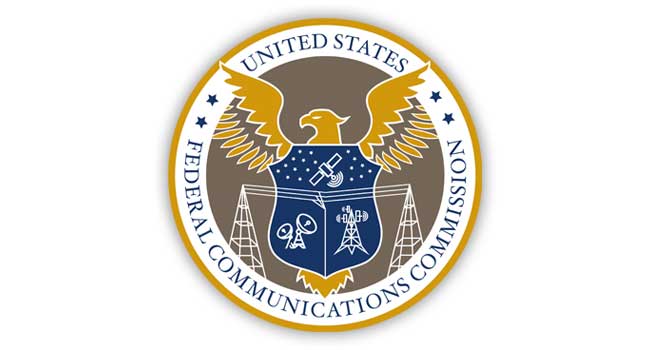
FCC Bans Equipment Authorizations for Chinese Telecommunication, Video Surveillance Equipment Deemed Threat to National Security
The Federal Communications Commission adopted
new rules prohibiting communications equipment deemed to pose an unacceptable risk to
national security from being authorized for importation or sale in the United States. This is the
latest step by the Commission to protect our nation’s communications networks. In recent
years, the Commission, Congress, and the Executive Branch have taken multiple actions to
build a more secure and resilient supply chain for communications equipment and services
within the United States.
“The FCC is committed to protecting our national security by ensuring that untrustworthy
communications equipment is not authorized for use within our borders, and we are continuing
that work here,” said Chairwoman Jessica Rosenworcel. “These new rules are an important
part of our ongoing actions to protect the American people from national security threats
involving telecommunications.”
The Report and Order applies to future authorizations of equipment identified on the Covered
List published by the FCC’s Public Safety and Homeland Security Bureau pursuant to the
Secure and Trusted Communications Networks Act of 2019. The new rules prohibit the
authorization of equipment through the FCC’s Certification process, and makes clear that such
equipment cannot be authorized under the Supplier’s Declaration of Conformity process or be
imported or marketed under rules that allow exemption from an equipment authorization.
The
Covered List (which lists both equipment and services) currently includes communications
equipment produced by Huawei Technologies, ZTE Corporation, Hytera Communications,
Hangzhou Hikvision Digital Technology, and Dahua Technology (and their subsidiaries and
affiliates). The new rules implement the directive in the Secure Equipment Act of 2021, signed
into law by President Biden last November, that requires the Commission to adopt such rules.
The Commission also adopted a Further Notice of Proposed Rulemaking seeking further
comment on additional revisions that should be made to the rules and procedures prohibiting
the authorization of “covered” equipment. It also seeks further comment on potential revisions
to the Commission’s competitive bidding program. The Commission is also seeking comment
on future action related to existing authorizations.
The new rules follow a series of other FCC initiatives to keep U.S. networks secure. In
addition to today’s actions and maintaining the Covered List, the FCC has prohibited the use of
public funds to purchase covered equipment or services, launched the Secure and Trusted
Communications Networks Reimbursement Program to remove insecure equipment that has
already been installed in U.S. networks, revoked operating authorities for Chinese state-owned
carriers based on recommendations from national security agencies, updated the process for
approving submarine cable licenses to better address national security concerns, and launched
inquiries on IoT security and internet outing security, among other actions.